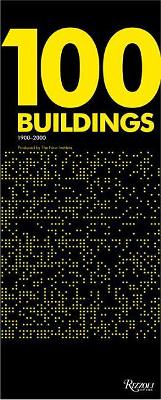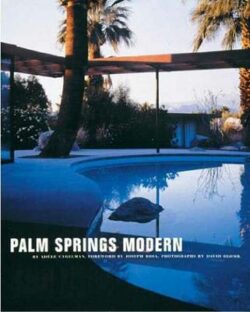Anatomy of Sabkhas
$135.00
Out of stock
Alert me when product is restocked
Description
The ancient terminology, sabkha-born in the Arab world-has become well-established in the global lexicon of geological and ecological discussions around sustainability. Perhaps the most important quality of the sabkha in this context is that its ecological network of wetland plants can sequester four times more carbon (per square meter) than rainforests can. So, sabkhas not only support our natural environment but also heal it. Sabkhas have also infiltrated popular culture. Salt has travelled beyond its natural habitat and into our traditions, rituals, festivals, and our built environ-ment. From uses of its salt in spiritual purging during Japanese Sumo match-es to its use in Jewish weddings to Burning Man-a temporary city construct-ed on a Californian desert sabkha. Possibly the most ancient ritual carried into the 21st century is their allure as salt baths. But their mineral content can also produce preservatives, energy, and even buildings.
Additional information
| Dimensions | 210 × 260 mm |
|---|---|
| ISBN | 9788891830364 |
| Dimensions | 210 x 260 mm |
| Book Type | Hardback |
| Author | Rashid Bin Shabib |
| Author Bio | Rashid and Ahmed Bin Shabib are urbanists and researchers of cities across the Middle East and North Africa. They are the founders of Brownbook, a magazine that focuses on cities across the region. They have curated several exhibitions and collaborations, including at the Vitra Design Museum (2017), Serpentine Gallery (2016), UAE Pavilion Milan Expo (2015), and Lars Muller Publishing (2019). They both hold degrees in Urbanism from the University of Ox-ford and were nominated for the Aga Khan Award for Architecture in 2010 and 2019. Wael Al Awar founded waiwai (formerly known as ibda design) in 2009 after moving back to the Middle East from Tokyo. He has extensive experience in designing projects of various scales and programs, including art centers, parks, schools and university campuses, mixed-use developments, private villas, and mosques. With interests in natural phenomena, landscape, and formless diagrams of relations, Al Awar has a multi-disciplinary approach to design and seeks to challenge conventional processes to push the boundaries of design. Kenichi Teramoto joined waiwai as a principal architect and partner to Wael Al Awar in 2012. Previously, Teramoto worked with renowned architects in Tokyo and Rotterdam on local and international projects, building extensive design experience in both Asia and Europe. His architectural design proficiency includes a diverse range of projects, including art centers, parks, school and university campuses, mixed-use developments, private villas, and mosques. |
| Number of Pages | 272 |




